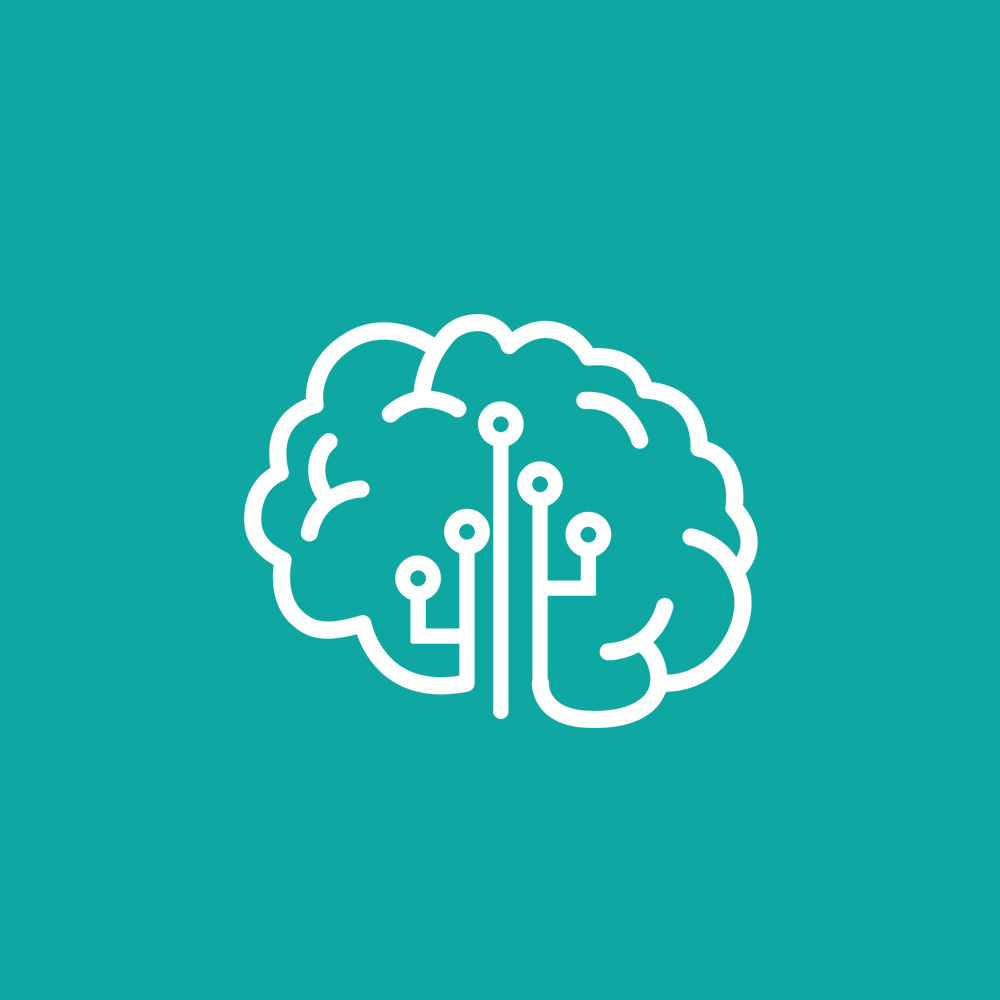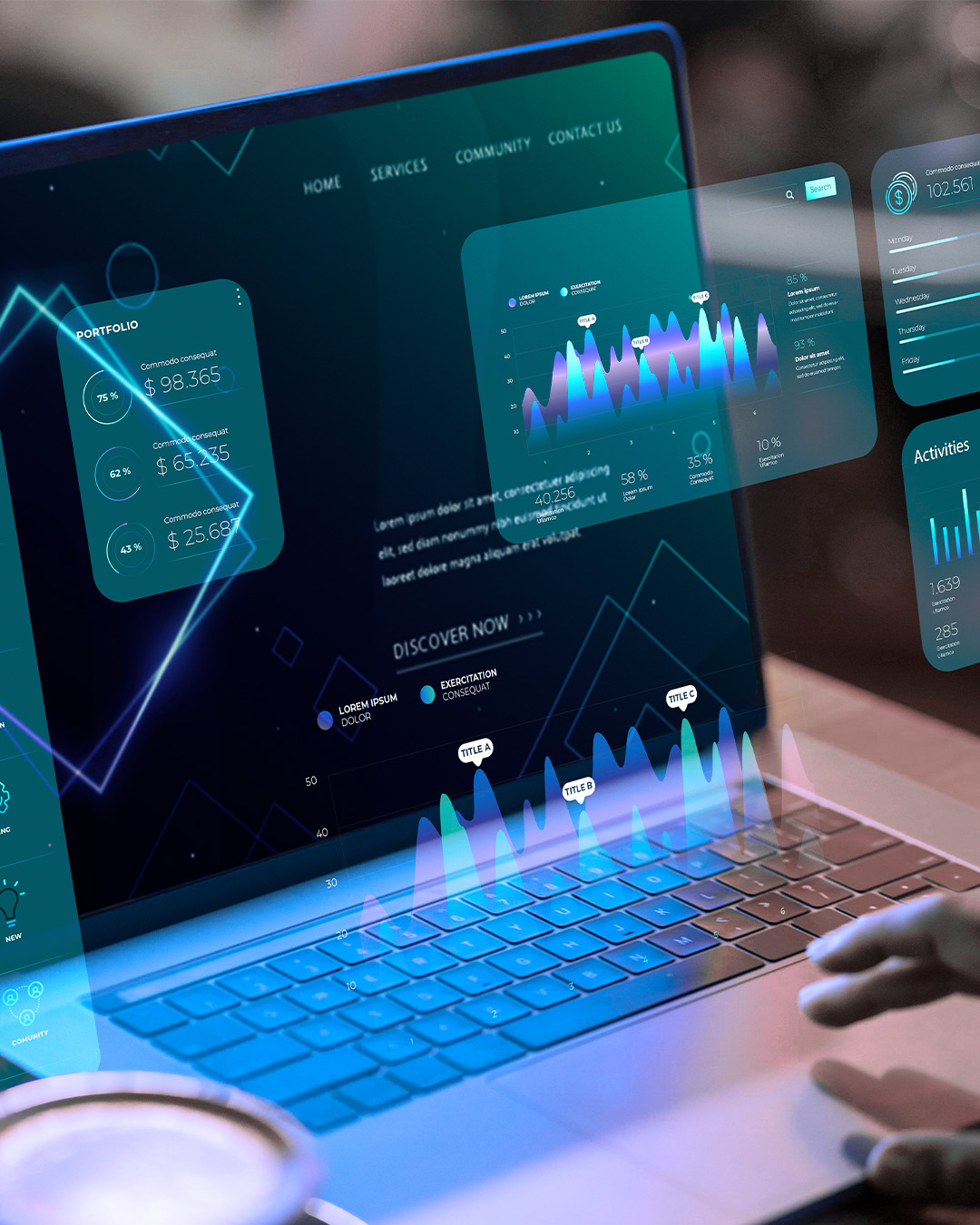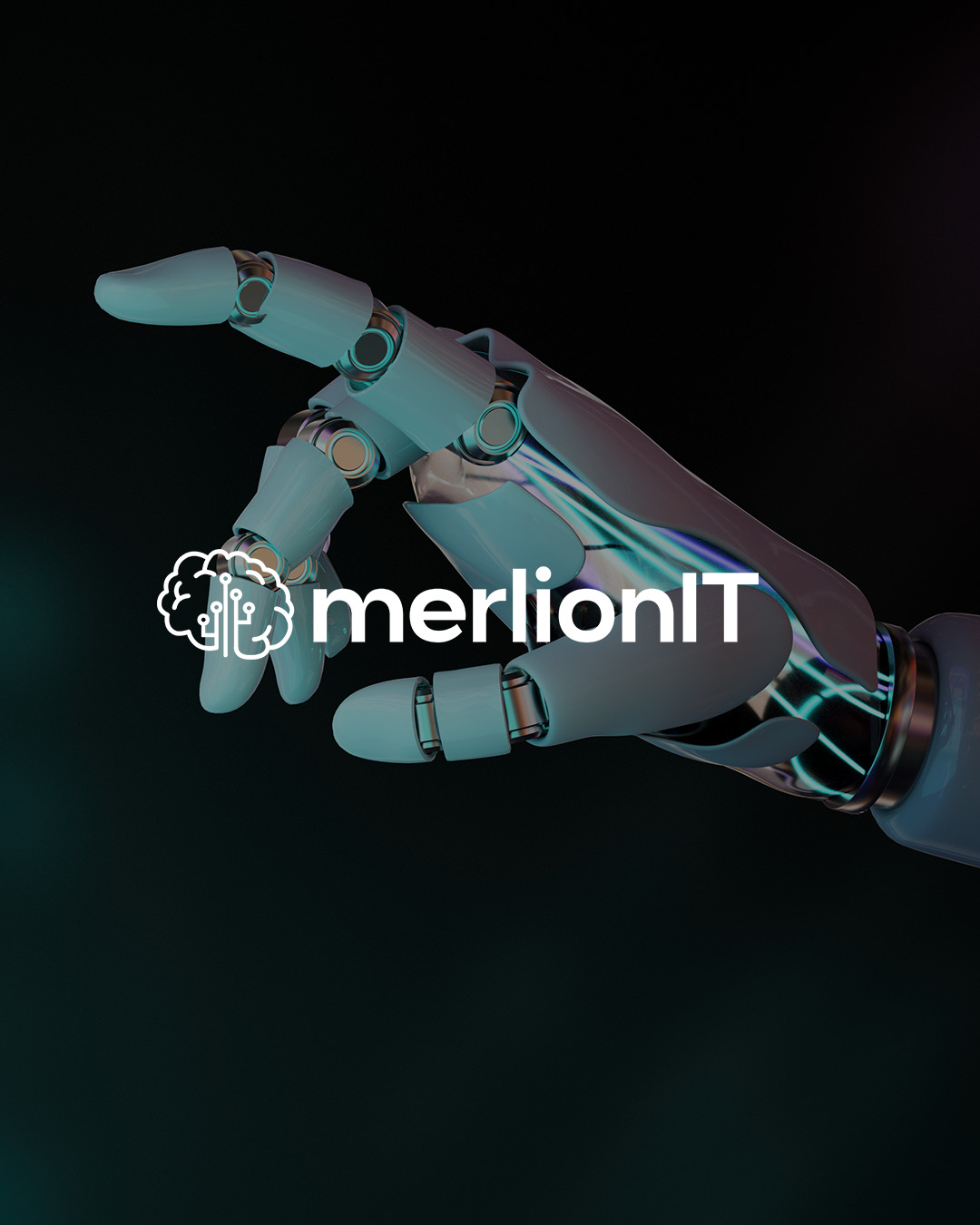What is Open Source? See how it works and examples of Open-Source software

Open source refers to a decentralized project model that makes the source code of an application available to the public, allowing contributors to execute, suggest improvements, fixes, or redistribute the program collaboratively.
Once the source code of an open-source platform is made available in a repository, the community can study it and propose potential improvements for approval. This collaborative process is seen in open-source systems like Android, Linux, or Mozilla Firefox, for example.
Read on to learn what open source is, understand its main characteristics, and check the advantages and disadvantages of open-source software.
What is Open Source?
Open source refers to a decentralized technology development model in which the software’s source code is made available to the public for collaborative and self-sustaining use, suggestions for improvements, innovations, and redistributions.
What is the meaning of open source?
The term "open source" refers to the accessibility of a software’s source code. The expression was coined by Christine Peterson in 1998 to address a slightly different concept from the term "free software."
How does open-source software work?
Initially, the developers of the project make the software's source code available in a public repository (such as GitHub or GitLab). They also define the type of open-source license for the project, which dictates how the program can be used, modified, or redistributed.
Once the source code is available, collaborators can test it and suggest pull requests for improvements or bug fixes. These requests are reviewed by core contributors (committers) who decide whether to implement the changes after analysis.
The collaborative cycle of requests and changes repeats continually, with the community taking responsibility for software support and maintenance. Meanwhile, the success of the software may encourage contributors to use the source code for new projects.
What are the characteristics of open-source software?
The Open Source Initiative (OSI), which promotes and protects the concept of open-source, lists 10 criteria for a project or software to be considered open-source:
- Free redistribution
- Source code availability
- Modifications and derived works
- Integrity of the author’s source code
- Non-discrimination against people or groups
- Non-discrimination against fields or enterprises
- License distribution
- License not tied to a product
- No restriction on other software
- Technological neutrality
Examples of Open-Source Platforms:
Open-source platforms can involve various projects, from operating systems to computer applications. Some key examples of open-source software include:
- Linux: An open-source and free software-based operating system with a kernel that can be used, modified, and redistributed under a permissive license.
- Android: A mobile operating system based on the Android Open Source Project (AOSP), maintained by Google.
- Mozilla Firefox: A web browser with source code that can be inspected, modified, or redistributed under the Mozilla Public License (MPL).
- LibreOffice: A productivity suite similar to Microsoft Office, based on the OpenOffice.org project.
- WordPress: A content management platform under the General Public License (GPL) used for creating and managing websites.
Advantages of Open-Source Software:
- No or Low Cost: Many open-source software programs are free or come at a lower cost compared to proprietary software.
- Collaborative Efforts: The broad access to the source code allows for community-driven efforts to identify improvements and fix bugs.
- Transparency: Open-source models ensure that source code, patches, and modifications are transparently made available in public repositories like GitHub.
- Reliability: Due to open access to the source code, open-source software can be tested by the community to ensure the effectiveness of improvements.
Disadvantages of Open-Source Software:
- Source Code Exposure: The availability of source code may allow hackers to analyze it for potential vulnerabilities or exploits.
- Community Dependency: Contributions and improvements rely on the engagement and active participation of the community.
- Relative Flexibility: Improvements and suggestions by the community are only applied if reviewed and approved by the project maintainers.
- Complexity: Some open-source software may be more complex or have compatibility limitations, which could make it harder for less experienced contributors to participate.
What is the difference between open-source and free software?
Open source focuses on the accessibility of the source code, with practical benefits like development and software improvement, which can be seen as a "more commercial" approach to free software. Free software, on the other hand, is a movement founded on the philosophy of freedom to use, study, redistribute, and modify software without restrictions.
It is important to note that all free software is open source, but not all open-source software is free software. While both movements share some common values, their purposes differ.
What is the difference between open-source and closed-source software?
Open-source software refers to a program whose source code is made available to the public. This allows the community to use, modify, or redistribute the code (under the terms of the license) for greater flexibility and freedom.
Closed-source software, on the other hand, refers to a program whose source code is restricted to the owner. Support, guidelines, and modifications are the responsibility of the company or developer, without requiring active participation from the community.
It is important to note that the accessibility of the source code between open source and closed source software can also imply different costs for acquiring the program, software lifespan, licensing, and security and customization options.
Source: Tecnoblog
Start a digital transformation with your company and explore new possibilities using artificial intelligence without needing to be a programmer. Contact us.



















